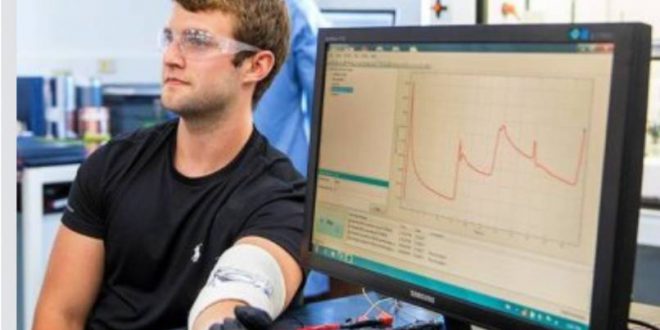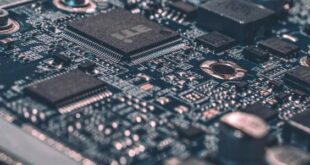Imagine slipping into a jacket. shirt or skirt that powers your cell phone. fitness tracker and other personal electronic devices as you walk. wave and even when you are sitting
A new. ultrathin energy harvesting system developed at Vanderbilt University`s Nanomaterials and Energy Devices Laboratory has the potential to do just that. Based on battery technology and made from layers of black phosphorus that are only a few atoms thick. the new device generates small amounts of electricity when it is bent or pressed even at the extremely low frequencies characteristic of human motion.
`In the future. I expect that we will all become charging depots for our personal devices by pulling energy directly from our motions and the environment.` said Assistant Professor of Mechanical Engineering Cary Pint. who directed the research
Currently. there is a tremendous amount of research aimed at discovering effective ways to tap ambient energy sources. These include mechanical devices designed to extract energy from vibrations and deformations. thermal devices aimed at pulling energy from temperature variations. radiant energy devices that capture energy from light. radio waves and other forms of radiation. and. electrochemical devices that tap biochemical reactions.
`Compared to the other approaches designed to harvest energy from human motion. our method has two fundamental advantages.` said Pint. `The materials are atomically thin and small enough to be impregnated into textiles without affecting the fabric`s look or feel and it can extract energy from movements that are slower than 10 Hertz — 10 cycles per second — over the whole low-frequency window of movements corresponding to human motion.`
The researchers acknowledge that one of the challenges they face is the relatively low voltage that their device produces. It`s in the millivolt range. However. they are applying their fundamental insights of the process to step up the voltage. They are also exploring the design of electrical components. like LCD displays. that operate at lower than normal voltages.
One of the more futuristic applications of this technology might be electrified clothing. It could power clothes impregnated with liquid crystal displays that allow wearers to change colors and patterns with a swipe on their smartphone. `We are already measuring performance within the ballpark for the power requirement for a medium-sized low-power LCD display when scaling the performance to thickness and areas of the clothes we wear.` Pint said.

 Iran Energy News Oil, Gas, Petrochemical and Energy Field Specialized Channel
Iran Energy News Oil, Gas, Petrochemical and Energy Field Specialized Channel



